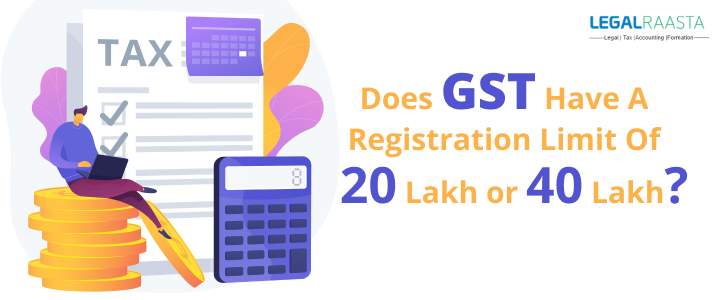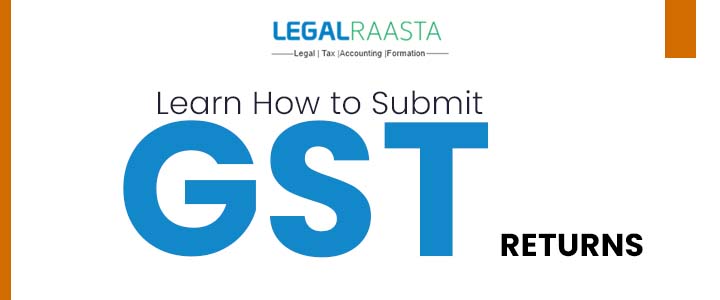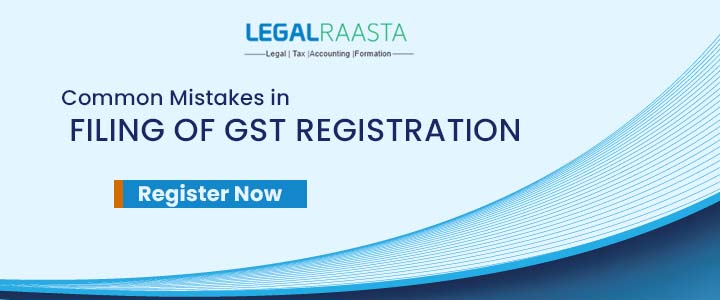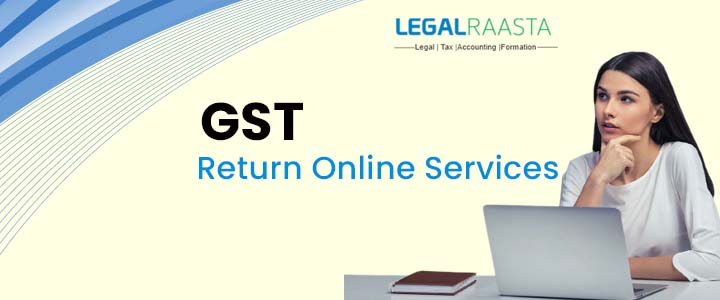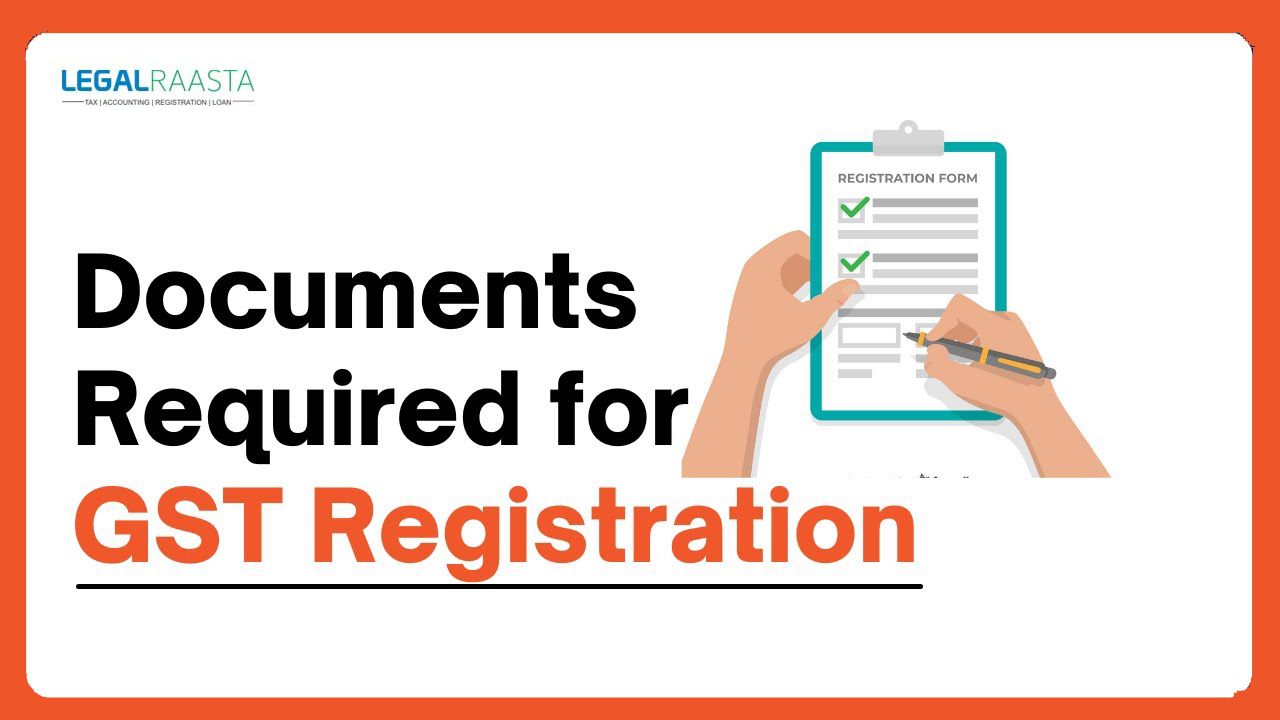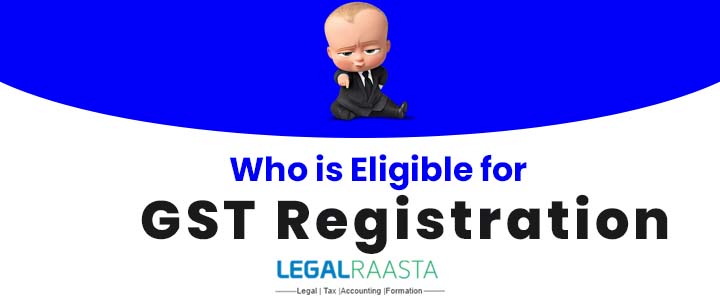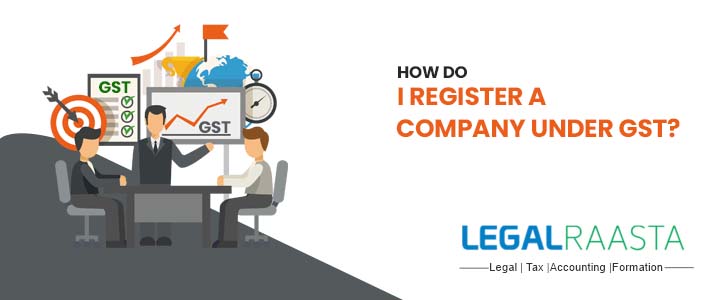Does GST have a Registration Limit of 20 Lakhs or 40 Lakhs?
Under the GST registration limits, companies or company owners with a taxable turnover of more than 40 lakhs must register as regular taxable persons for Normal States. Those with a taxable turnover of less than 20 lakhs, on the other hand, must register as particular taxable persons or Special States. You can reach the GST registration threshold limit by using the online gst register process. The vast majority of businesses are required to register for GST. Businesses that violate GST legislation, such as failing to register for GST before conducting business, face stiff penalties. The GST service provider threshold limit has remained constant.
The vast majority of businesses are required to register for GST. Businesses that violate GST legislation, such as failing to register for GST before conducting business, face stiff penalties. The GST registration service provider threshold limit has remained constant, and a person must register if their annual income exceeds 20 lakhs or 10 lakhs. So, this article explains what the GST registration limit is, whether it is 20 lakh, 40 lakh, or both, and for which categories. If you have any questions about the online GST filing limit, you can contact our Legalraasta consultation team.
GST registration limit 20 lakh or 40 lakh
In India, registration under the GST is subject to a yearly limit on the number of exemptions claimed. A person who has a taxable turnover that exceeds the exemption level must register with the GST. Depending on the jurisdiction, this is known as a GST registration limit or a GST threshold. In response to MSME concerns, the GST council revised the GST minimum threshold. This has streamlined the GST compliance process. States can choose to tighten the restrictions or keep them as they are. The GST registration limit is a set amount that must be met in order to avoid paying taxes. The GST council increased the exempted amount from GST payment to 40 lakhs, up from 20 lakhs a few years ago. Furthermore, the council increased the maximum exemption amount for the northeastern states from 10 lakhs to 20 lakhs.
The amount of exemption available for registration under the Goods and Services Tax (GST) in India is limited. It is also known as a GST threshold or
GST registration limit if someone's turnover exceeds the exemption threshold.
- In the Case of a Regular Taxpayer for Goods Registration: Under the original GST structure implemented by the government, the GST turnover limit for suppliers of goods was Rs. 20 lakhs. Except for the special category states. In other words, suppliers of goods with an aggregate annual turnover of up to Rs 20 lakhs in the preceding fiscal year were exempt from GST registration. Thus, suppliers of goods with an aggregate annual turnover of Rs 40 lakhs or more in the previous fiscal year are required to register under GST.However, the GST Council increased the exemption limit from Rs. 40 lakhs to Rs. 40 lakhs at its 32nd meeting. Exemption limit of up to Rs 40 lakhs for making supplies of goods such as ice cream and other edible ice whether or not containing cocoa or Pan Masala or tobacco and tobacco manufactured substitutes for online GST filing under Section 24 of the CGST Act.
- In the case of Special Category States for Goods Registration Limit: The initial GST registration limit for north eastern and hilly states was Rs. 20 lakhs. According to the 32nd GST Council meeting, the Special Category States are Arunachal Pradesh, Assam, Jammu and Kashmir, Manipur, Meghalaya, Mizoram, Nagaland, Sikkim, Tripura, Himachal Pradesh, and Uttarakhand for the supply of goods.
- In Case of hilly and north eastern states for Goods Registration Limit: However, the hilly and north eastern states were given an option for Goods Registration Limitation. GST exemption is available to suppliers whose turnover is between Rs. 20 lakhs and Rs. 40 lakhs.
- In Case of Normal Taxpayer for Services Registration Limit: Under the original GST structure rolled out by the government in the 32nd GST Council Meeting for online GST filing, the GST turnover limit for suppliers of services was Rs. 20 lakhs, except for the special category states.
- In Case of Special Category States for Services Registration Limit: In the case of Special Category States, the GST registration limit for service providers in the North Eastern and hilly states was Rs. 10 lakhs in the initial GST regime, according to the 32nd GST Council Meeting in online GST filing.
Compulsory Registration for online GST register
- Persons making interstate taxable supplies and casual taxpayers.
- Individuals required to pay tax under reverse charge and Individuals required to pay tax under section 9 and sub-section (5) and Non-resident taxable person and every electronic commerce operator.
- Persons who are required to pay Tax Deducted at Source (TDS) under Section 51, regardless of whether they are separately registered under the Act.
- Input Service Distributor, whether registered separately under the Act or not, for online GST filing.
- Persons supplying goods or services other than those specified in section 9 and sub-section (5). These supplies are made through an electronic commerce operator who is required by section 52 to collect tax at the point of sale.
- Persons who, as an agent or otherwise, supply taxable goods or services on behalf of other taxable persons.
- Any other person notified by the government of the Council's recommendations.
- Persons providing online information and database access or retrieval services from outside India to a person who is not a registered person in India.
States Accepting New Limit
As previously stated, the GST Council in its 32nd meeting gave hilly and north eastern states the option of setting the turnover limit for GST exemption in the case of a supplier of goods at Rs. 20 lakhs or Rs. 40 lakhs. Thus, the following states have adopted the various thresholds for GST registration in case of supply of goods: Manipur, Mizoram, Nagaland, and Tripura for states accepting 10 lakhs limit; Arunachal Pradesh, Meghalaya, Puducherry, and Sikkim Telangana, and Uttarakhand for states accepting Rs 20 Lakhs limit; and States accepting Rs 40 Lakhs limit are the remaining 21 states and 5 union territories.
Conclusion-
As a result, SGST + CGST would be levied in 31 states and UTGST + CGST would be levied in 5 union territories. In addition, GST Section 24 of the CGST Act of 2017 requires taxpayer registration. However, a person making inter-state supplies of handicraft goods with a total turnover of Rs 20 lakhs is exempt from registration. This exemption would apply if the taxpayer supplying goods from any of the states listed above has a PAN. Furthermore, regardless of the value of the consignment, the goods supplied by such a taxpayer must be transported under the cover of an e-way bill. So, in this blog, we will clarify whether the limit for online GST registration is 20 lakh or 40 lakh, and if you still have questions, you can
consult legalraasta legal advisory consultancy. Because of the frequent changes in the law, there have been numerous inquiries about the GST level. Do you have GST issues? Contact a friend-in-need for a one-stop solution for all income-tax or online GST filing, employee management, and other legalraasta.

